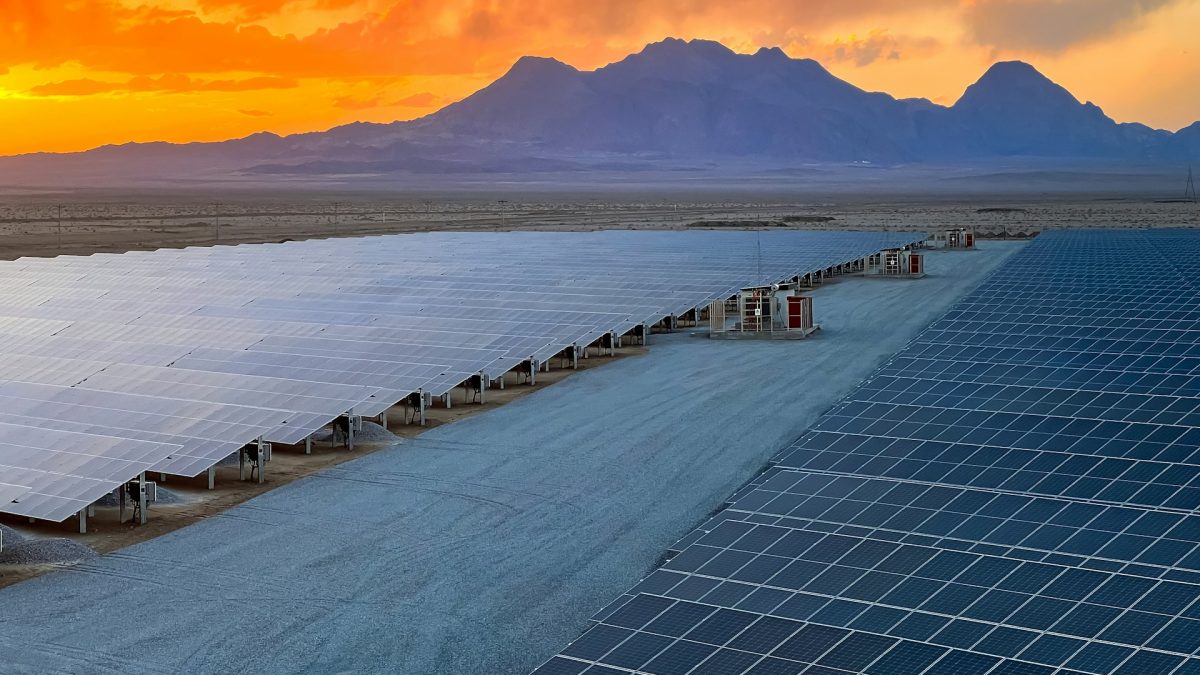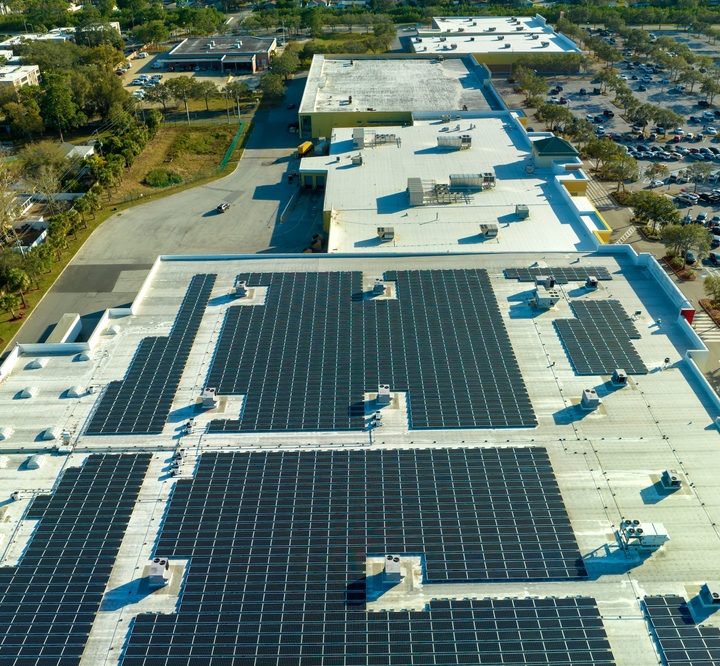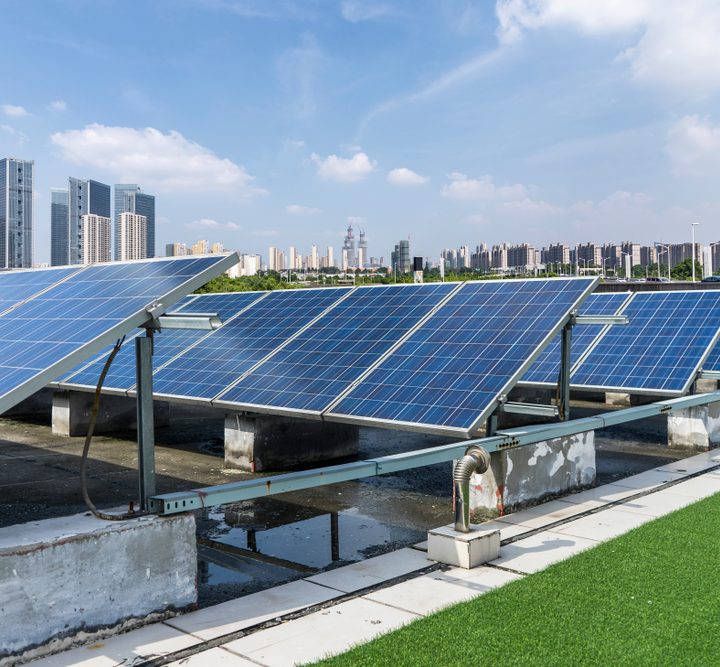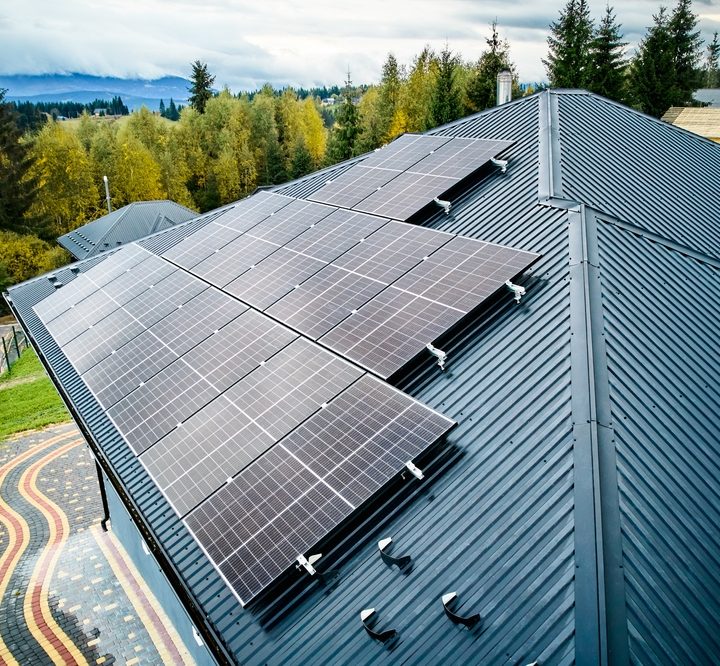
How Long Do Commercial Solar Panels Last?
25/03/2025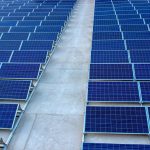
Are Solar Panels Better Than Inverters?
26/03/2025How Much Energy Does a Commercial Solar Panel Produce?
Have you ever wondered exactly how much energy a commercial solar panel produces in real-world conditions?
We get this question all the time at Easy Being Green. Businesses want clear answers before switching to solar. So let’s dive straight into the details and clear things up.
Solar Panel Ratings vs Real-Life Production
Commercial solar panels come with ratings between 250 to 500 watts. Sounds straightforward, right? But here's where many get confused: those numbers are based on ideal lab conditions, not everyday Aussie sunshine. In reality, a panel rated at 400 watts typically produces less due to factors like temperature, shade, and positioning.
For instance, panels rated at 400 watts might realistically generate around 320 to 360 watts on a sunny Australian day. It varies, and we’ve seen this firsthand in installations across Victoria and New South Wales.
Why Your Panel’s Placement Matters So Much
Panel positioning hugely impacts how much energy you get. Even slight shading can reduce your panel’s production significantly. Optimal placement—facing north, angled correctly—is crucial. If your panels are poorly placed, you're not getting the most out of your investment. It's a simple truth we’ve witnessed repeatedly: better positioning equals more power.
Curious about how positioning impacts your savings? You’ll find more on this in our guide about solar panel efficiency.
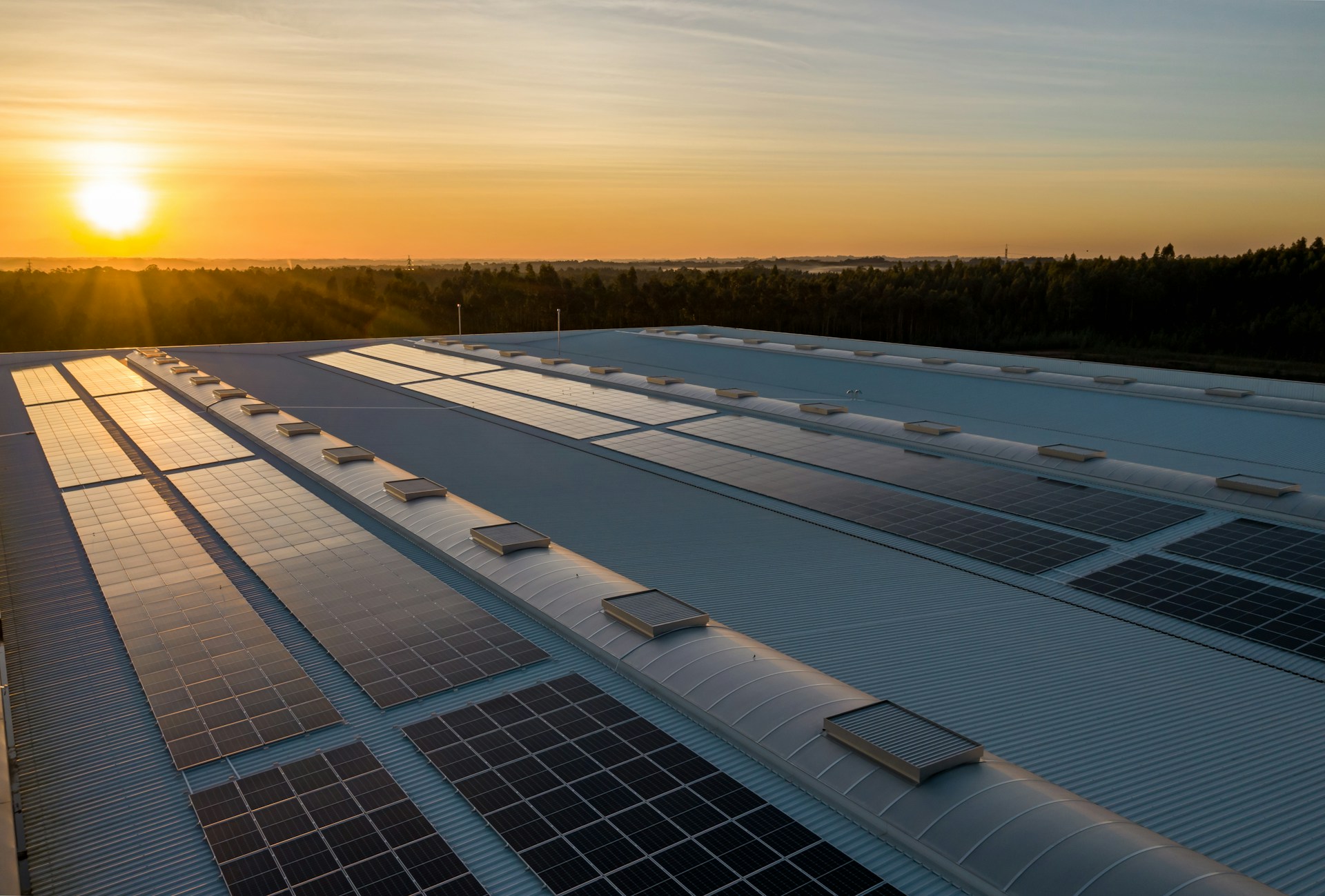
Australian Weather and Solar Output
In Australia, we're lucky to have plenty of sunshine. But that doesn’t mean your solar panels always run at full throttle. During summer, when temperatures soar, panels can actually produce less. Why? High heat slightly reduces a panel’s ability to convert sunlight to electricity. But even then, quality commercial panels continue to deliver impressive performance. Cooler days with bright sun often produce the best energy yields.
How Much Energy Can a Single Panel Generate Daily?
Let’s make this easy. Suppose you have a 400-watt commercial panel. On a clear summer day in Sydney or Melbourne, this panel could produce around 2.5 to 3 kilowatt-hours (kWh) per day. Multiply this across multiple panels, and you start seeing substantial energy generation. For businesses running heavy equipment or large offices, we typically recommend larger installations to cover your needs fully.
The Real-Life Results We’ve Seen
We've found that a well-maintained commercial solar installation easily meets—and often exceeds—initial expectations. Recently, we helped a large warehouse in Victoria reduce their electricity bill by more than 60% within just three months. The key was accurate estimation and correct panel placement from the start.
What if My Panels Aren’t Producing as Expected?
Sometimes businesses ask why their solar installation isn't meeting expectations. Usually, it boils down to poor installation or unexpected shading issues. We emphasise professional installation precisely because small oversights can cost you valuable energy production. Regular maintenance and checks can also ensure your system remains productive for decades.
Solar Panel Lifespan and Long-Term Production
We’ve noticed businesses sometimes worry their panels will lose effectiveness quickly. Yes, solar panels degrade slightly each year—typically around 0.5%. But even after 25 years, a quality panel still produces around 85% of its original output. This gradual reduction is minimal compared to the long-term savings solar provides. For more on long-term production, take a look at this helpful breakdown.
Maximising Energy Generation with Batteries
If you’re serious about getting the most from solar, pairing your installation with a battery is smart. Solar batteries store excess daytime energy for use when the sun goes down. This approach makes your energy savings even greater and reduces your reliance on grid electricity. Learn more about our solar battery solutions for businesses.
Commercial vs Residential: Is There a Difference in Output?
Commercial panels generally have higher wattage ratings compared to residential panels, simply because they're larger and intended for heavier energy loads. But per square metre, the energy production is quite similar. The real difference is scale. Businesses usually install many panels to cover higher usage, whereas homes typically need fewer panels to meet their needs.
If you're considering solar for home as well, our article about the benefits of solar energy at home covers everything you need to know.
How Accurate Are Energy Estimates?
We often hear concerns about overly optimistic solar estimates. The truth? Estimates are generally accurate if they're done correctly. We always factor in local weather conditions, panel positioning, and potential shading to provide realistic, reliable energy projections. This way, you get no unpleasant surprises—just predictable, steady savings.
Questions? We’re Here to Help
If you're thinking about solar or have more questions about how commercial panels could meet your business needs, our team is ready to assist. Reach out anytime through our contact page. We love helping businesses discover just how much energy—and savings—solar can deliver.
Going solar doesn’t need to be complicated. With the right setup, your panels will reliably deliver the energy your business needs, year after year.



